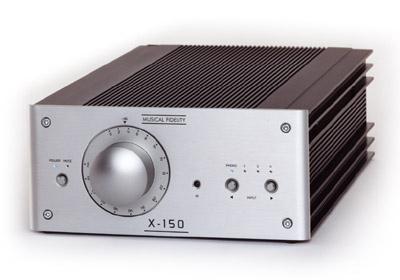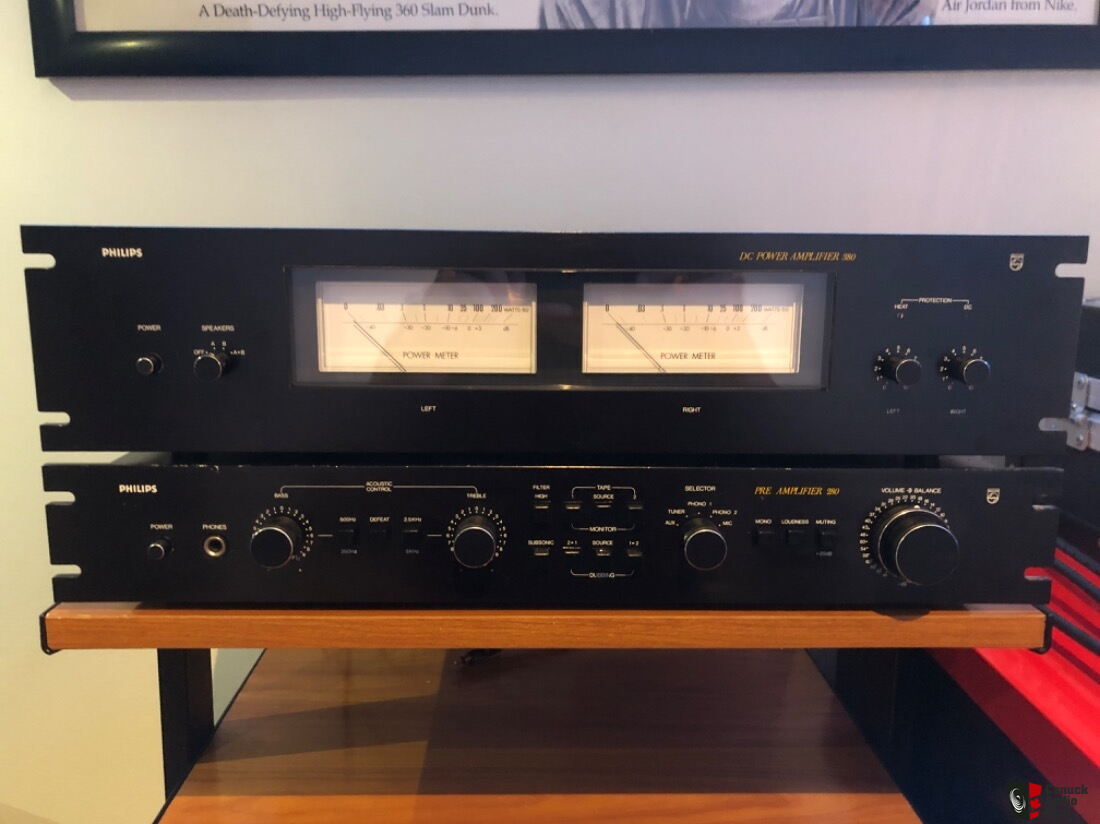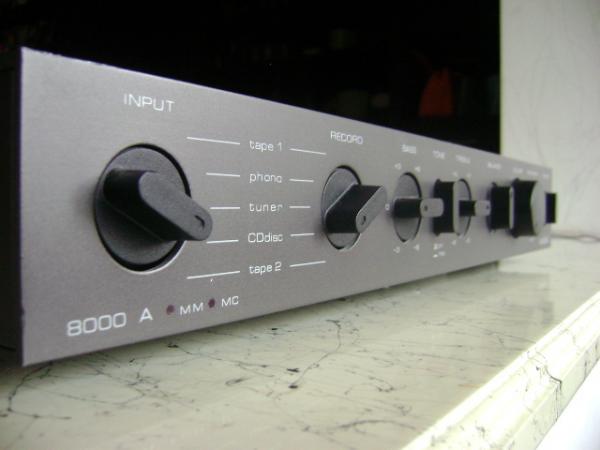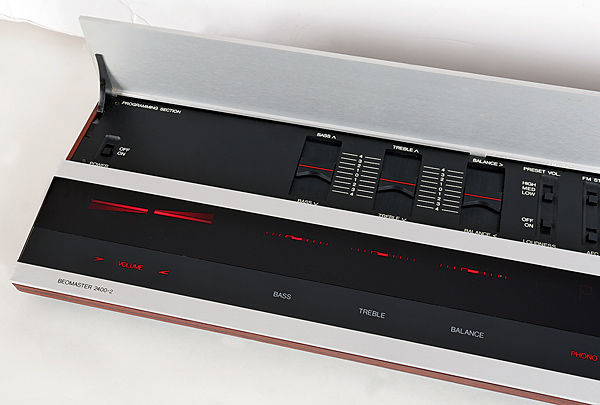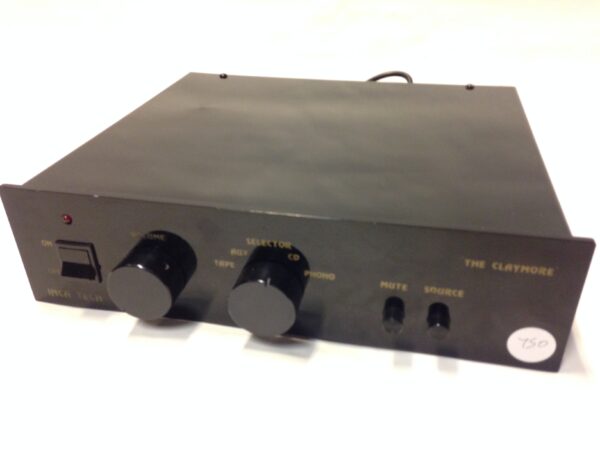This is one of Musical Fidelity’s numerous unusual yet appealing products, first released in 2002 as a direct competitor to Naim’s Nait 5 integrated. It was a lovely half-width integrated amp – the business has flirted with this format before returning to full-width – that made a style point of its sleek, custom-built aluminium extruded casework with integral heatsinking.
The £799 amplifier featured a high-current drive circuit adapted from the Tri-Vista series, which promised to deliver 80W RMS per channel in 8 ohms, twice that in 4 ohms, and a high peak current (75 amps instantaneous infinite peak). It had a toroidal power transformer and a high-quality dual-gang ALPS volume potentiometer. Amusingly, Musical Fidelity’s Antony Michaelson referred to the X-150 as a “manly” version of a Cyrus product at the time; it certainly runs fairly warm even while idle, implying that it is biased significantly more to Class A than other Class AB amplifiers.
It’s ergonomically pleasing to operate; there are three switchable inputs and a fascia button that toggles between them, as well as a blue LED. One of the inputs is an MM phono, which was unique back then and is still unusual now. The amplifier’s huge, interestingly shaped volume knob, machined from aluminium billet, making it a lot of pleasure to use. There are the normal RCA phono inputs and loudspeaker binding posts around the back.
The X-150 is a traditional, clean-sounding mid-market solid-state amplifier with a slightly warm tonal balance and precise and accurate timing. It’s slightly softer at high frequencies and lacks some bite than rivals like the Naim Nait, but it has a richer and more gutsy bass; it’s always quick, propulsive, and rhythmical, with a true fervor to express a song’s dynamic accenting. It has no need for grip or control. In terms of portraying low-level information, it’s a little blurry, and the depth perspective isn’t terrific either.
The long-lost Musical Fidelity X-150 was a genuinely strong challenger back in its day, and it remains a wonderful listen now, despite not being the most astounding product in the great pantheon of integrated amplifiers. It’s a nice little amplifier that’s been manufactured to a high standard and should last for years. If you have £300 or more to spend on a nice second-hand integrated, it’s well worth considering.

